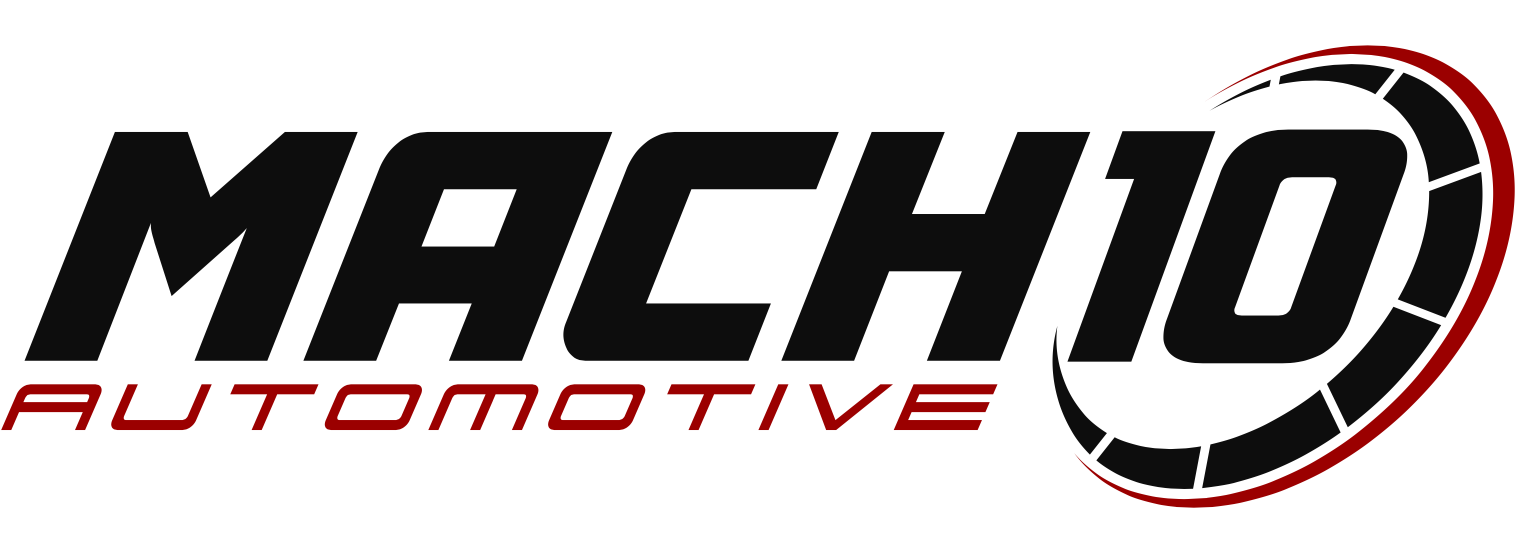Profit Pitstop: Utilizing a Dealer’s Inventory Management System Fully Ensures Sustained Profitability

In recent years, dealers enjoyed record-high gross margins on new and pre-owned car sales. However, with inventories returning to pre-COVID levels, dealers are facing a marketplace with increasingly compressed sales margins. Salesmanship is important, but dealers recognize the importance of using cutting-edge technology to help sustain profitability.
I am often asked what technology I recommend dealers should add to their tech stack to optimize their sales operation. Generally, my immediate answer is “That depends.” There is no simple answer to the question as it calls for a complete understanding of the dealer’s complete tech stack, but my response is generally presented through a series of questions, including “What system do you have, and how do you use it/them?” Often, dealerships consider adding new technological solutions without evaluating if their current systems meet their needs. Before investing in new tools, dealers should assess the features and functionalities of their existing systems to support their sales and operational efforts effectively. This evaluation can be complex due to the integration with other systems and technologies, coupled with the need to understand the utilization of system features available.
Below, I’ll examine one of the most important dealer systems, specifically Inventory Management Systems (IMS). IMS offers a wide range of features to streamline operations and provide valuable data to help guide its users to increased performance. By fully utilizing features such as data analytics, market conditions, stocking recommendations, mobile access, asset lifecycle management, and performance governance, dealerships can optimize their inventory processes, improve customer satisfaction, and stay competitive.
Gaps in Training
Execution and Functionality Gaps
User Engagement and Utilization
User engagement is another critical area where gaps are evident. Employees must engage with the IMS regularly to benefit from its capabilities. If the system is perceived as cumbersome or not user-friendly, staff will be less likely to use it effectively. Ensuring that the IMS interface is intuitive and providing ongoing support can help improve user engagement. Additionally, involving staff in selecting and customizing the IMS can lead to higher buy-in and more consistent use.
It’s also critical to avoid shortcuts that aim to simplify or speed up processes. While these may seem beneficial in the short term, they can undermine the accuracy and reliability of performance tracking data. Accurate data is essential for identifying areas of improvement and supporting growth. By diligently following proper procedures and fully engaging with the IMS, staff can ensure that the data collected is comprehensive and reliable. This, in turn, provides a solid foundation for performance analysis, strategic planning, and continuous improvement. Engaging fully with the system and avoiding shortcuts will lead to more accurate tracking and better-informed decisions, driving long-term growth and success.
Knowledge and Application
Optimizing IMS Features
To fully leverage the IMS, dealers need to focus on the following functionalities:
- Data Analytics: Utilizing data analytics can provide insights into sales trends, inventory turnover rates, and customer preferences. This information is crucial for making informed stocking decisions and identifying which vehicles are likely to sell quickly.
- Market Conditions: Monitoring market conditions helps dealers understand the broader economic environment and adjust their strategies accordingly. This includes analyzing competitors’ pricing, regional demand variations, and market saturation levels.
- Stocking Recommendations: Advanced IMS can offer stocking recommendations based on historical sales data and predictive analytics. This helps ensure that the inventory aligns with anticipated demand, reducing the risk of overstocking or stockouts.
- Mobile Access: Mobile access allows staff to manage inventory on the go, improving efficiency and response times. This is particularly useful for salespeople who can update the status of vehicles or check inventory while interacting with customers on the lot.
- Asset Lifecycle Management: Effective asset lifecycle management ensures that vehicles are tracked from acquisition to sale. This includes managing depreciation, maintenance, and reconditioning processes to maximize the vehicle’s value and profitability.
- Performance Governance: Implementing performance governance involves setting benchmarks and key performance indicators (KPIs) to measure the effectiveness of inventory management strategies. Regularly reviewing these metrics helps identify areas for improvement and ensures that the IMS is contributing to the dealership’s overall goals.
Inventory Management Systems enhance Improvements in Dealer Operations
The underutilization of Inventory Management Systems in automotive dealerships represents a significant and missed opportunity for efficiency and growth. By addressing gaps in training, execution, functionality, user engagement, and knowledge, dealerships can unlock the full potential of their IMS. Fully leveraging these systems can lead to optimized inventory processes, improved customer satisfaction, and sustained profitability, even in a challenging market environment.
Author: Jon Karasek
VP Remarketing, Mach10 Automotive.
Having recently held the position of Regional Director of Digital Strategy and Innovation for the industry’s largest independent auto auction group, Jon’s skills range from mechanical/technical certifications to wholesale and retail sales. Jon was recognized for leadership accomplishments when honored with the 2021 Automotive Remarketing 40 Under 40 Award. He is an accomplished auctioneer with over 20 years of experience in the automotive industry. Jon graduated from the World Wide College of Auctioneering, and then excelled as the GM of one of Southern California’s premier wholesale auto auctions.












